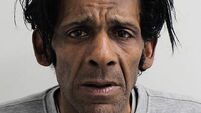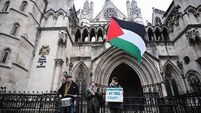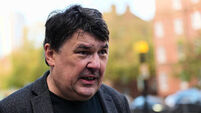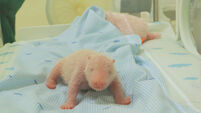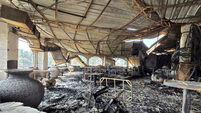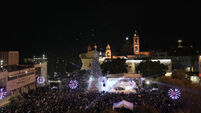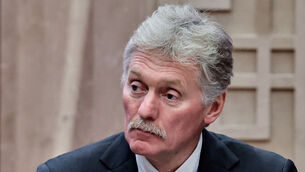Tourism a welcome boost after genocide
Following decades of war and isolation it is now firmly back on the map for travellers in south-east Asia and is taking some of the tourist boom hitting Vietnam.
But Cambodia is still one of the poorest countries in the world and will forever be haunted by the memory of Pol Pot and the Khmer Rouge and the 1.7 million - quarter of the population - who died in the 1970s.




